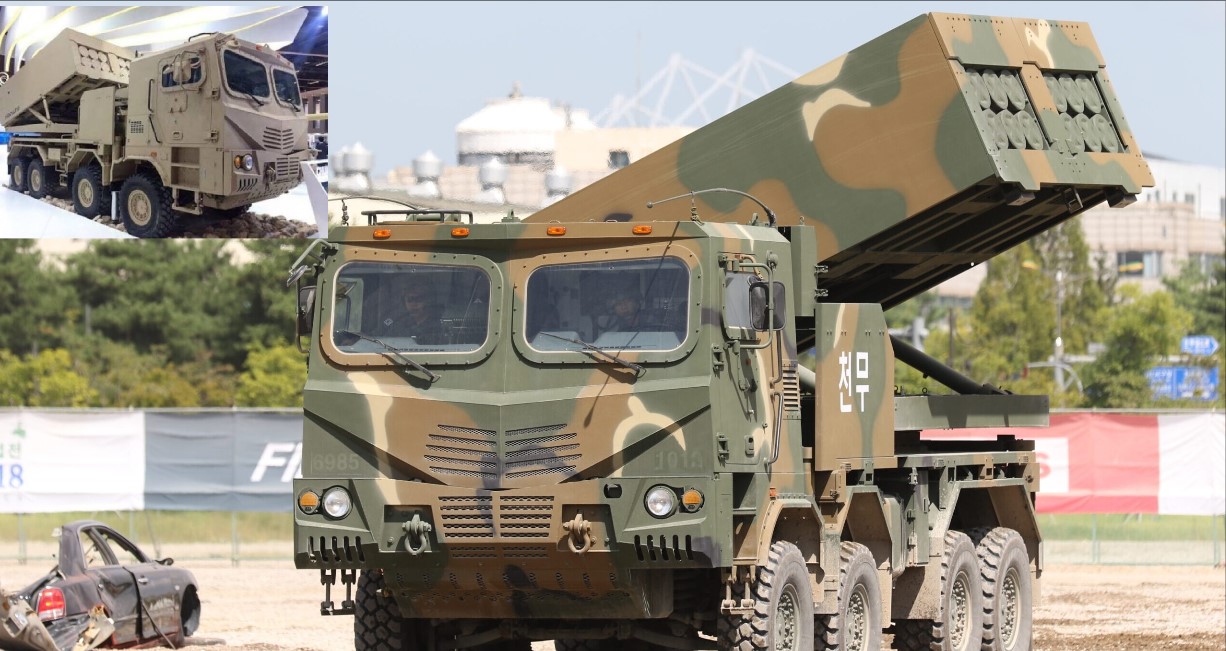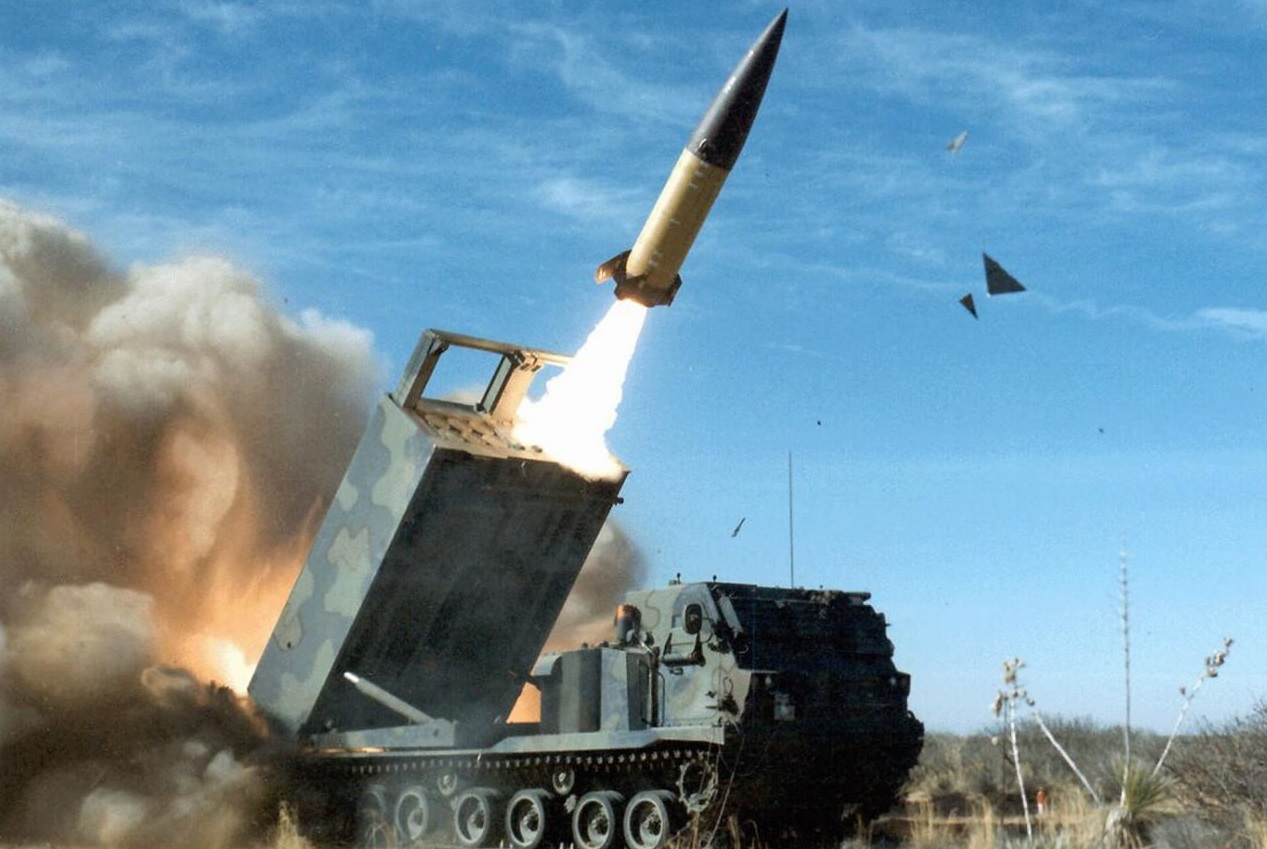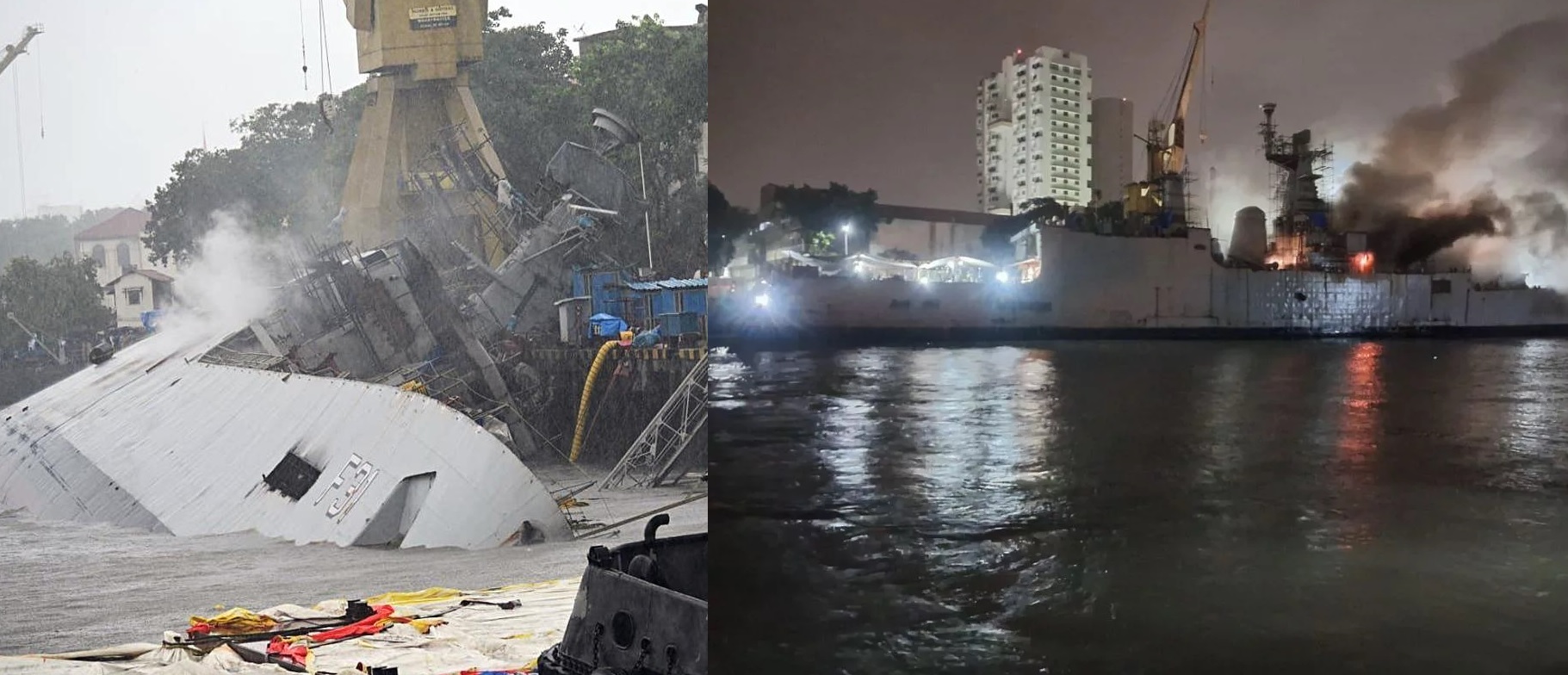US Strikes Houthi Weapon Depots in Yemen to Secure Red Sea and Gulf of Aden Shipping Routes

In a significant show of force, U.S. Central Command (CENTCOM) recently launched airstrikes on Houthi weapon depots in Yemen, marking a proactive response to rising maritime threats in the Red Sea and the Gulf of Aden. These strikes come after repeated attacks on international shipping and coalition vessels by Houthi forces, who have been ramping up their use of advanced weaponry to disrupt critical shipping lanes. The U.S. action underscores a commitment to stabilizing these essential waterways and protecting regional allies.
The Houthi-controlled weapon depots hit in the airstrikes were reportedly storing a range of sophisticated weapons, including anti-ship ballistic missiles, cruise missiles, and unmanned aerial systems (UAS). According to CENTCOM, the precision strikes targeted sites that have been a growing source of concern due to their potential to fuel further aggression against commercial and military vessels in the area. The removal of these depots not only aims to impair the Houthis’ operational capabilities but also sends a clear warning against future hostile actions.
CENTCOM's spokesperson highlighted that these strikes are a strategic attempt to "weaken the Houthis’ ability to threaten our regional partners” and to neutralize the risk posed by advanced weaponry they’ve obtained. For the United States and its allies, ensuring secure navigation through the Bab al-Mandab Strait—a narrow waterway linking the Red Sea to the Gulf of Aden and a key route for global oil shipments—is of paramount importance.
The U.S. Navy’s USS Stockdale and USS Spruance destroyers, along with aircraft from both the U.S. Navy and the Air Force, played integral roles in the operation, not only in launching strikes on the depots but also in intercepting and neutralizing active threats. Reports indicate that eight Houthi unmanned aerial systems, five anti-ship ballistic missiles, and four cruise missiles were detected and destroyed as they moved through the Bab al-Mandab Strait. These coordinated efforts, involving sophisticated detection and rapid-response capabilities, ensured that shipping lanes remained safe for commercial transit.
This response is part of a broader U.S. strategy to secure major shipping routes in the Middle East from disruptions and attacks that have been on the rise in recent months. The Red Sea and Gulf of Aden, alongside the Bab al-Mandab Strait, are critical chokepoints for global commerce, especially for energy exports. Even a minor disruption can cause ripple effects through oil markets and have substantial economic impacts worldwide. The airstrikes thus signify not only a tactical maneuver but also a strategic stance to support international trade and stability.
The targeted weapon depots in Yemen were said to contain cutting-edge missile technologies and drones that the Houthis have increasingly used in attempts to threaten and halt the movement of vessels in this highly trafficked area. The destruction of these weapons is expected to impede their ability to orchestrate further assaults on maritime assets in the near term. It also reflects CENTCOM's growing concern over the Houthis’ capacity to destabilize the region, given the backing they receive and the advanced nature of the arms they employ.
In this context, CENTCOM's operation in Yemen serves as both a preventive and a punitive measure—removing immediate threats while signaling U.S. readiness to counter any similar provocations going forward. As tensions persist in the region, the Bab al-Mandab Strait, like other strategic waterways, will likely remain under close watch by both U.S. forces and their allies. The recent airstrikes are a reminder of the intricate balance between diplomacy and defense that marks U.S. operations in the region, as well as the importance of maintaining secure and open maritime routes for the global economy.


